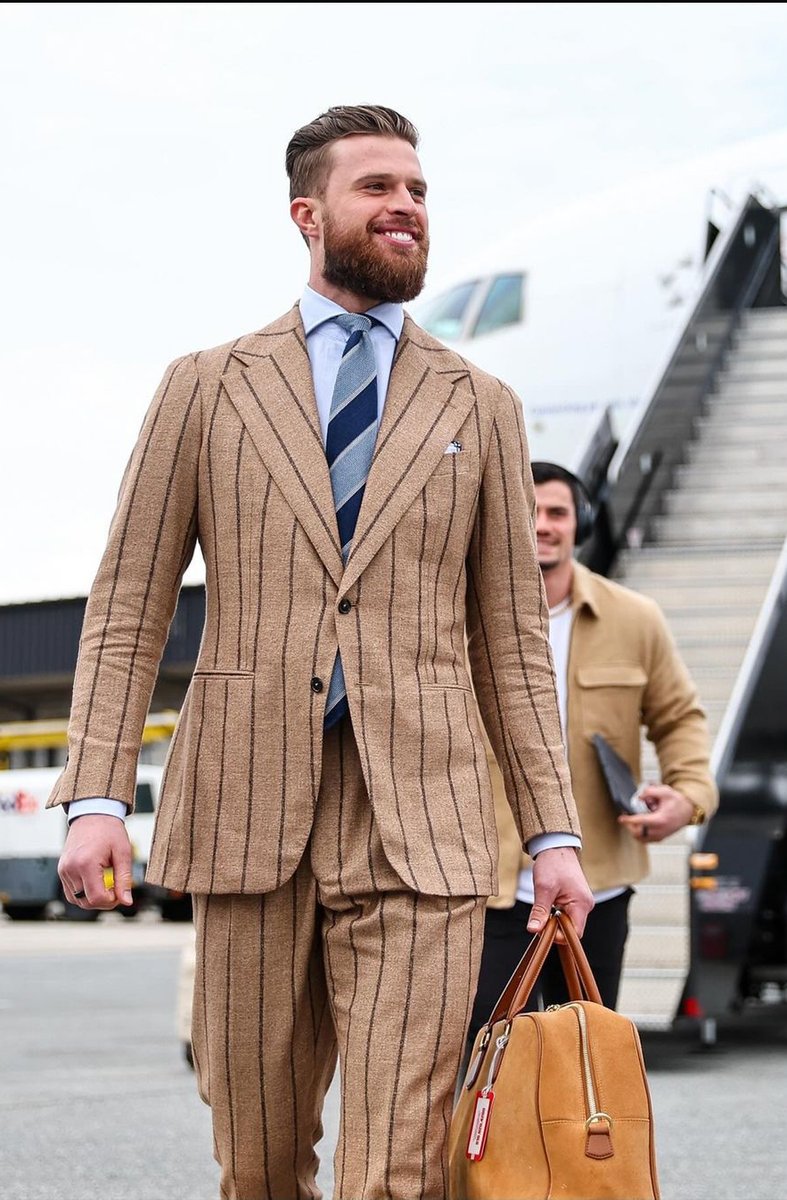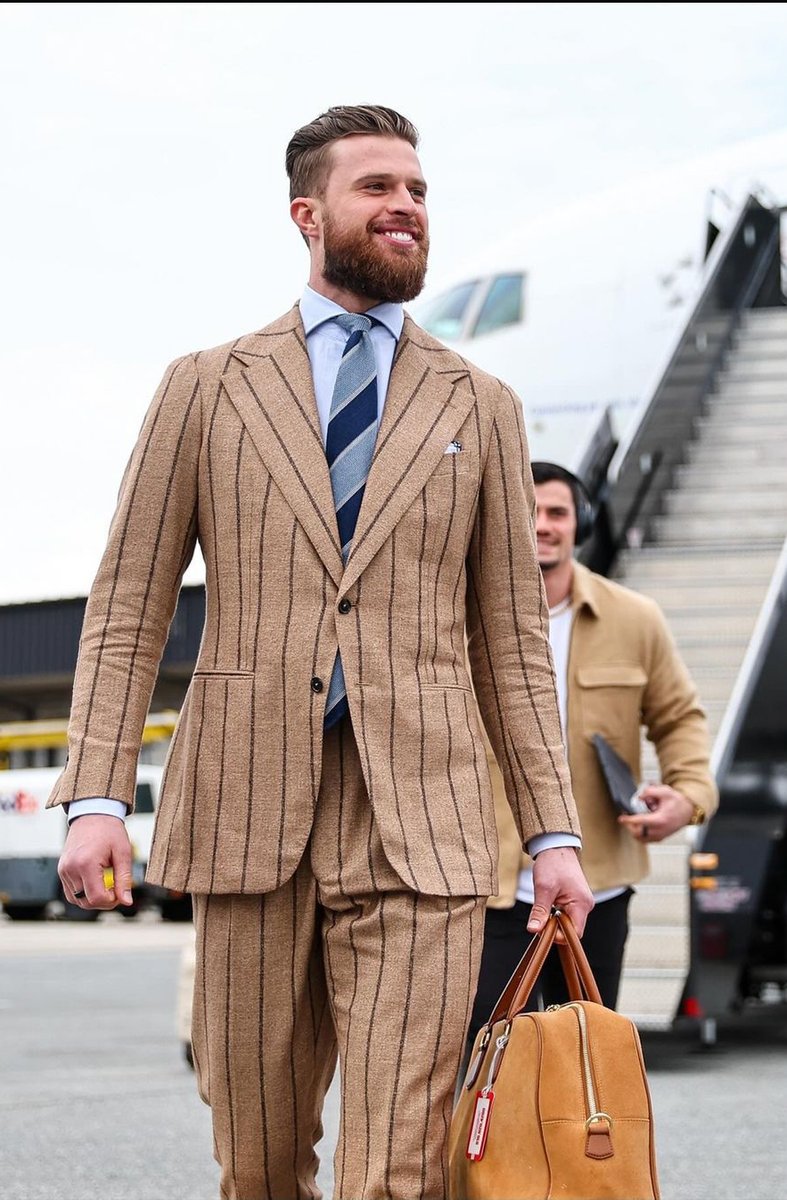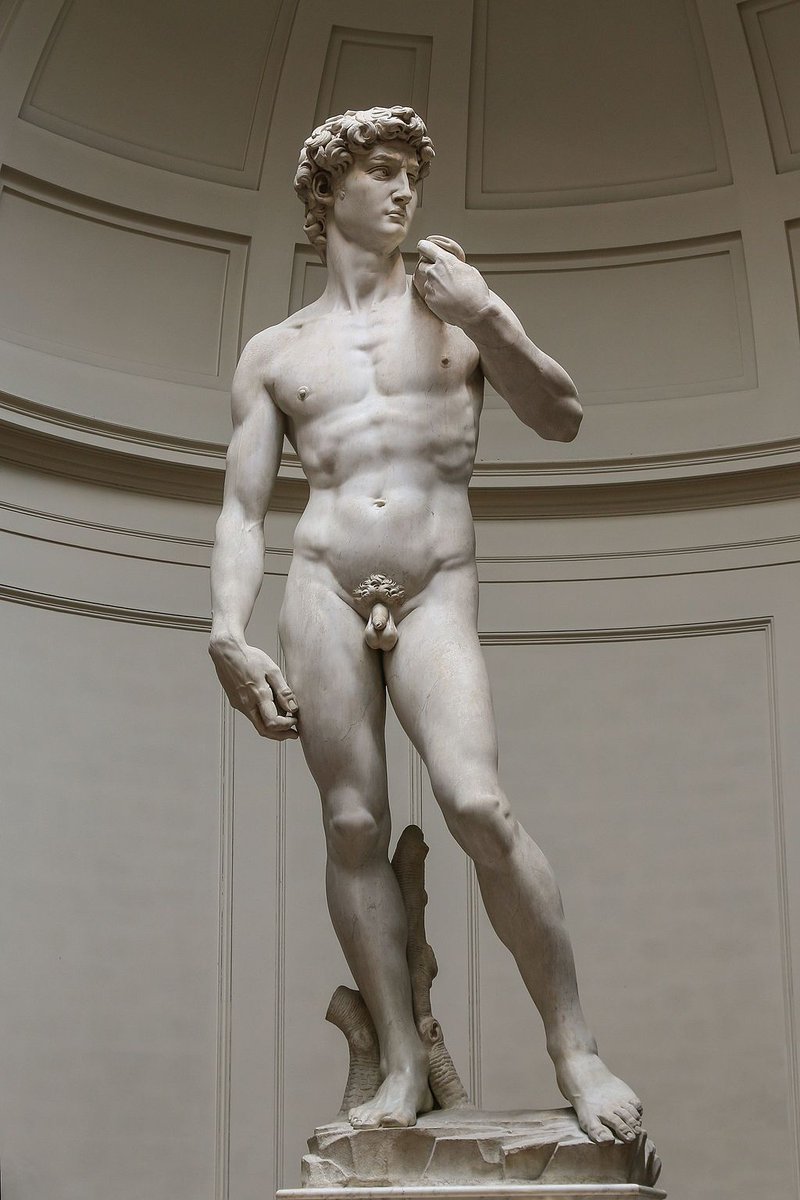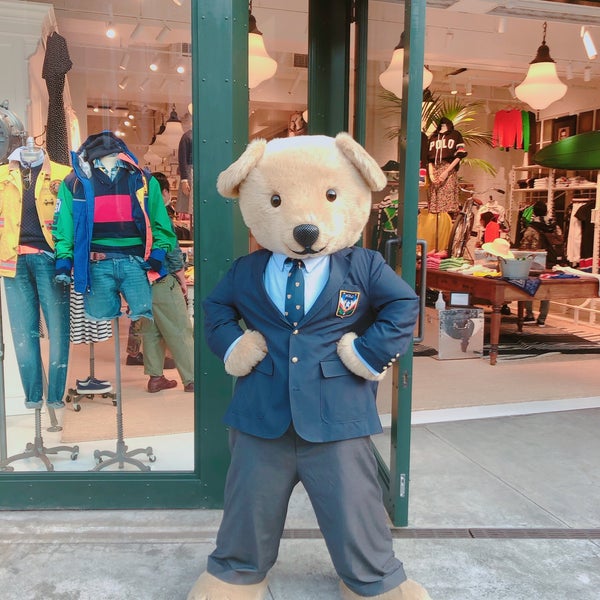People are misunderstanding my point. It's not that brown shoes are wrong with dark suits. It's that tan shoes, in particular, are wrong with dark suits. It's also not about naval history but rather regional traditions. I will explain in this thread. 🧵
https://twitter.com/johnkonrad/status/1791782046055948615
The suit was a British invention that spread around the world through the rise of Empire. So it's natural that England, and London in particular, set the standards for how to wear a coat and tie. During this period, certain traditions, cuts, and styles emerged.
As I've mentioned before, one such tradition is that men had wardrobes divided between city and country. City was for business, where men wore dark worsted suits with white shirts and black oxfords. Country was for sport, where they'd wear tweeds, tattersalls, and brown derbies,




In his book Distinction: A Social Critique of the Judgment of Taste, Pierre Bourdieu correctly recognized that the notion of "good taste" is simply the taste of the ruling class. This is why navy and grey worsted suits continue to look "right" with black leather shoes.



But what started with unipolarity (Pax Britannica, or Britain's "imperial century," which stretched from 1815 to 1914) later became a multipolar world. The centers for Western male dress later spread to France, Italy, and the United States, which put their own spin on things.
For instance, during the early 20th century, there were two leading tailors in Naples, Italy. The first was Angelo Blasi, who followed early 20th-century notions of "good taste" and cut a structured British jacket for Italian men. The second was Vincenzo Attolini.




Attolini was the head cutter at a Neapolitan tailoring firm called London House (called so because its founder, Gennaro, looked to London as his North Star). But Attolini knew that his Neapolitan customers wanted something lighter and more comfortable for Italy's warmer weather.
So he took a page from Domenico Caraceni's book and softened the suit. He minimized the shoulder pad, removed the domette, and used a softer chest piece and canvas. The result is a softer, slouchier silhouette, especially when compared to British cuts. Compare:




This wasn't just about comfort. Neapolitans were casualizing traditional British dress. Where Savile Row tailors cut a stiff, structured shoulder, Neapolitans made a soft, slouchy one. Where Brits insisted on "no brown in town," Neapolitans wore brown shoes for business




The biggest push for casualization came from the United States. Americans popularized the lounge suit for boardrooms, the single-breasted 2-piece suit, seersucker, patchwork madras, the button-collar, loafers with suits, etc. Depending on how you count, the tux was invented here




The leading US clothier was not a tailor but a store. In the early 20th cent, Brooks Brothers debuted their No. 1 Sack Suit, which carried American men from the hopping jazz clubs of the Roaring 20s through the Great Depression and onto Ivy campuses of a booming post-war America 

Brooks Brothers' sack suit—a style later adopted by clothiers such as J. Press and The Andover Shop—was also a little more casual than its British counterparts. It had a softer, natural shoulder line and no front dart, which resulted in straighter sides.




And guess what? Americans also loved wearing brown shoes with dark suits. (We know Paul Newman is wearing brown shoes in the second pic because he's wearing a brown belt and not a n00b).




This why any American complaining about the casualization men's attire is anti-American. The United States has always pushed for casualization in dress. What we think of today as formalwear was not always seen as such. The suit itself was casual compared to a frock coat.
As you can see, these things are regional traditions. However, the one thing that ties them together is social capital. The men who popularized these styles were widely considered elegant—from Savile Row customers to Neapolitan gentry to US actors like Gary Cooper and Paul Newman
Men who wear tan shoes with dark suits have neither. They are not widely considered elegant, nor do they have cultural capital (unlike punks, skaters, etc). The look telegraphs a kind of corporate life that has been the butt of jokes forever. Like fun socks and tech fleeces




Up until relatively recently, black shoes were still considered de rigueur in parts of London where you still have to wear a suit for work. Some old-school Brits still think brown shoes look wrong with dark suits, even if the shoes are mid- or dark brown. 

Since I'm not British, I think dark suits can be worn with shoes in black, dark brown, or mid-brown. But tan shoes look wrong to me. For tan shoes to work, they should be paired with more casual forms of tailoring and a lighter-colored jacket. To me, this looks more harmonious




• • •
Missing some Tweet in this thread? You can try to
force a refresh


































